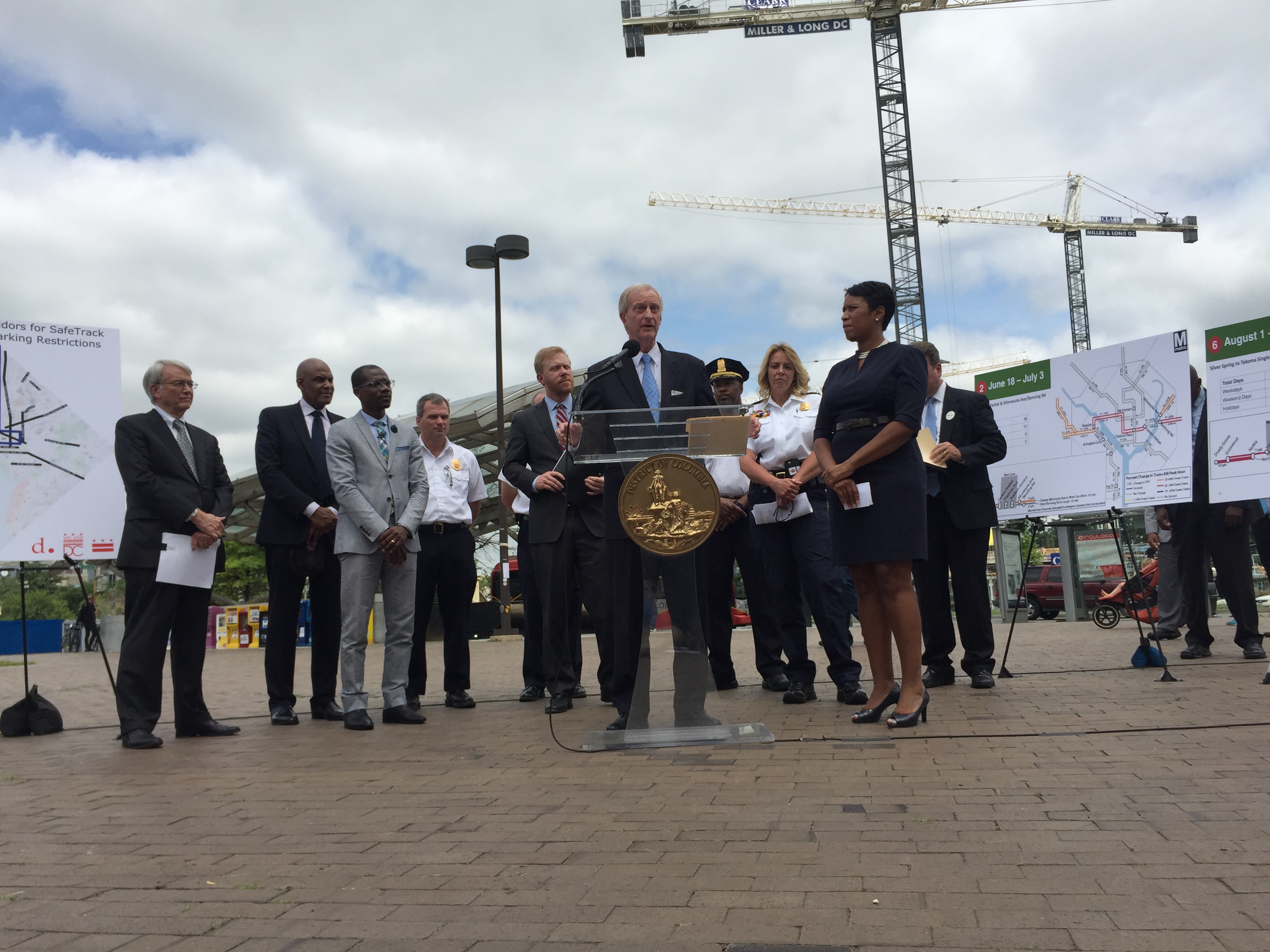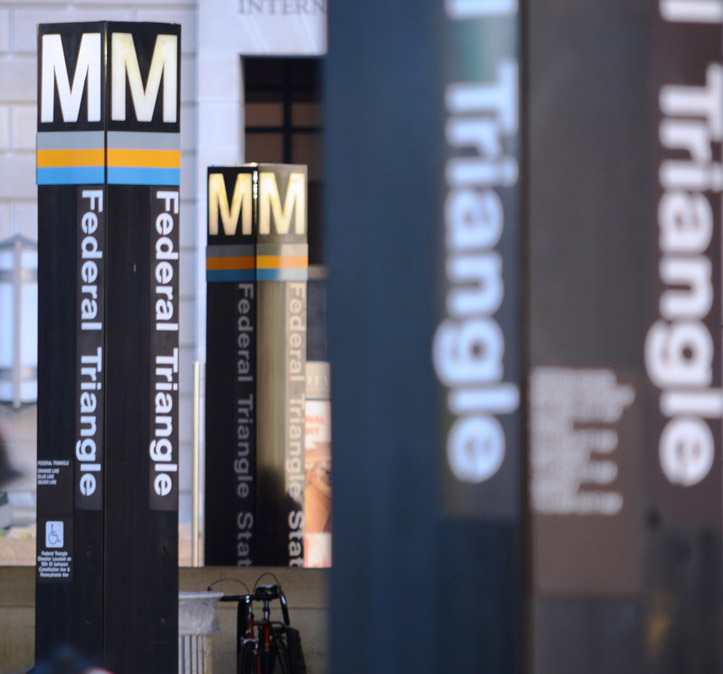WASHINGTON — After just one month on the job, Metro’s new chief safety officer has found a “gaping hole” in the safety program: No one was looking for big-picture solutions to problems such as smoke and fire incidents that happened over and over again.
“One of the gaping holes in your safety department is that, although you have people who respond and investigate accidents, you don’t have a true dedicated investigative body, and that’s one thing I’d like to create here,” Patrick Lavin told a reconstituted Metro Board Safety Committee Thursday.
Metro is now launching a peer review to compare things such as smoke and fire issues, and the power system against other transit agencies across the country, Lavin said.
Arlington County Board and Metro Board member Christian Dorsey sounded incredulous that a wide-ranging look at root causes of key issues had not been standard.
“Why in the world weren’t we doing that before? Taking that kind of holistic look as these problems manifest,” he added.
The review — through an industry group called the American Public Transportation Association — could include recommendations for basic changes to the design of parts of the power system like the connection boots blamed for a series of issues, including the smoke incident last year that killed Carol Glover.
Lavin said such connections do not exist in the New York subway system where the cables simply connect directly to the third rail.
The review and comparison has a special focus on insulator issues and cleaning, which Metro has studied in the past.
Both Lavin and General Manager Paul Wiedefeld said after the meeting that they would like to focus on moving forward, but Metro Board members want answers to questions about what the system’s leaders have been doing for the past five or more years.
“If there were those incidents two, three, four years ago, what happened to those reports?” Maryland’s Michael Goldman asked.
Metro has had separate safety issues for workers on the tracks and in yards for years. New federal board member Robert Lauby asked Lavin what was being done to address that, especially with this week’s launch of 24/7 track work.
Lavin responded that there are safety officers and quality control staff on duty around the clock now. However, he was concerned by the response he got from three top Metro staffers when he asked them to find improvements for roadway worker protection as mandated by the Federal Transit Administration.
“They said to me, ‘well, this technology … may not be the best, it may not give us any substantial benefit, but this is the quickest way to close the CAP,'” Lavin said.
A CAP is the corrective action plan required to be in place to resolve each of Metro’s most serious issues identified by the FTA. Lavin said he told the staffers that the goal was to make the workers safer, not to just check off a box for having a corrective action plan.
Lavin said he believes there is very strong protection for workers in major construction zones, but he is looking at vulnerabilities elsewhere. He said the worker who became dehydrated earlier this week and required medical attention is now doing better.
Separately, with Lavin just getting into the job and the larger review planned, he has asked the FTA for more time to provide details on the incident near McPherson Square Station in March that prompted a full shutdown of the system for electrical inspections and repairs.






